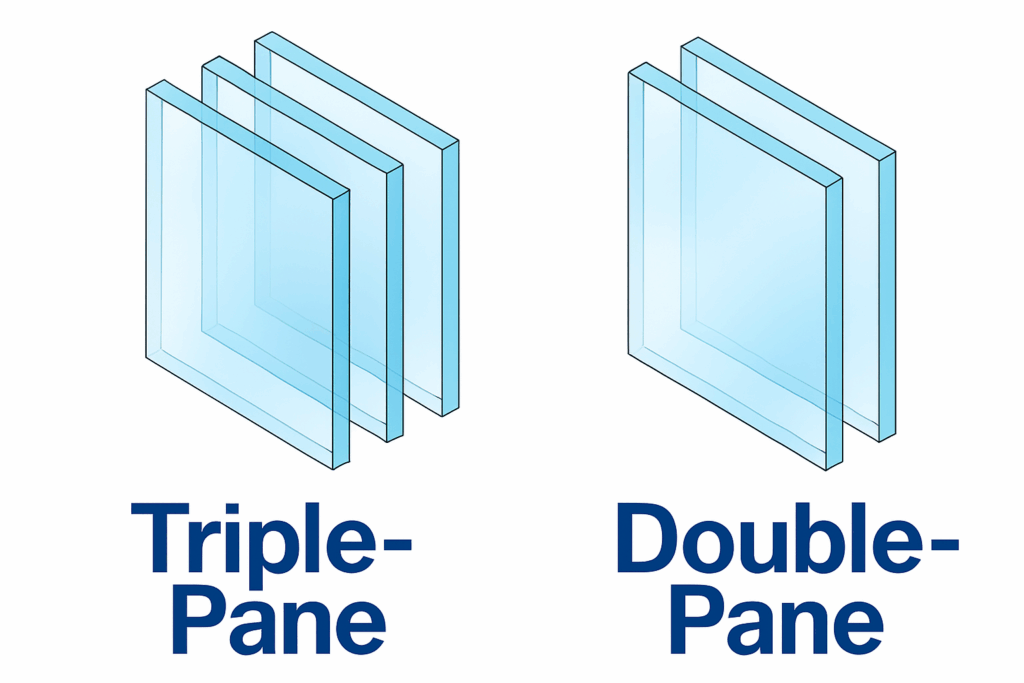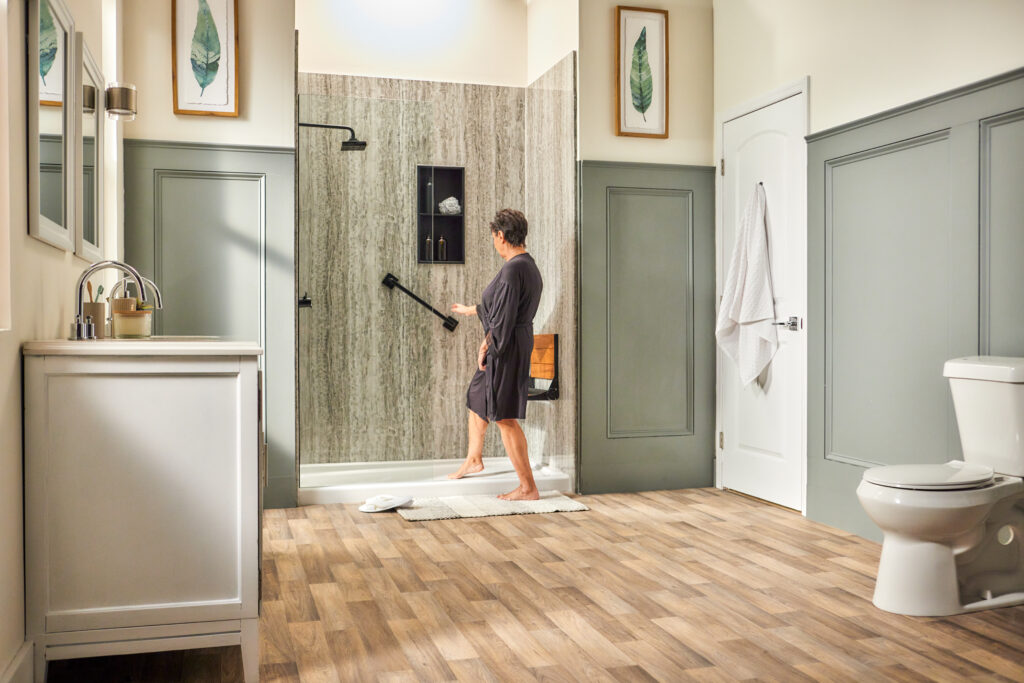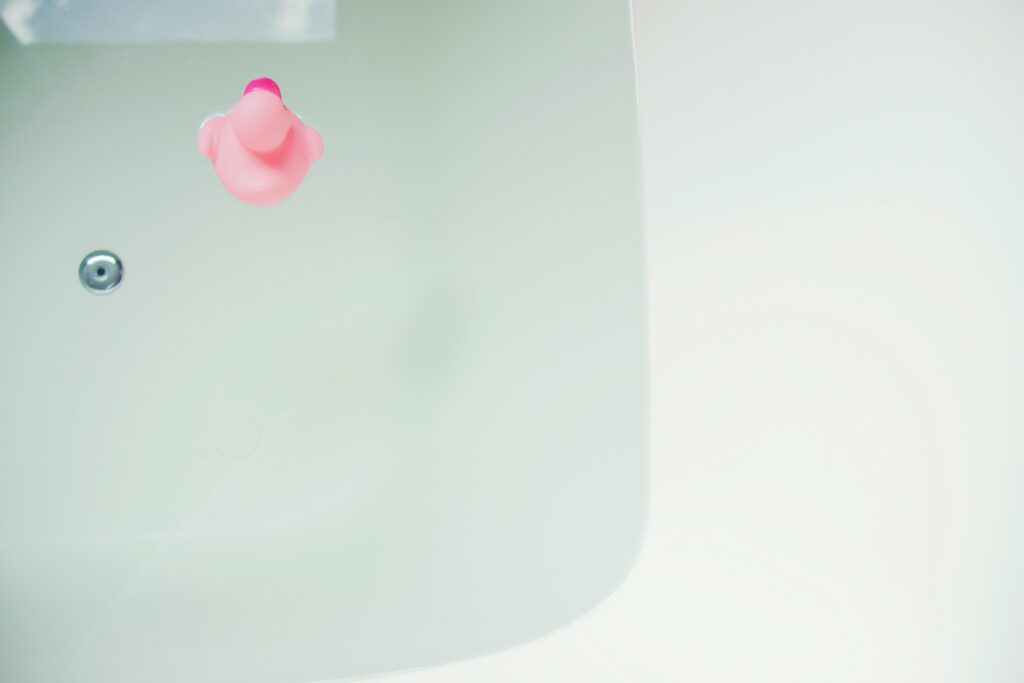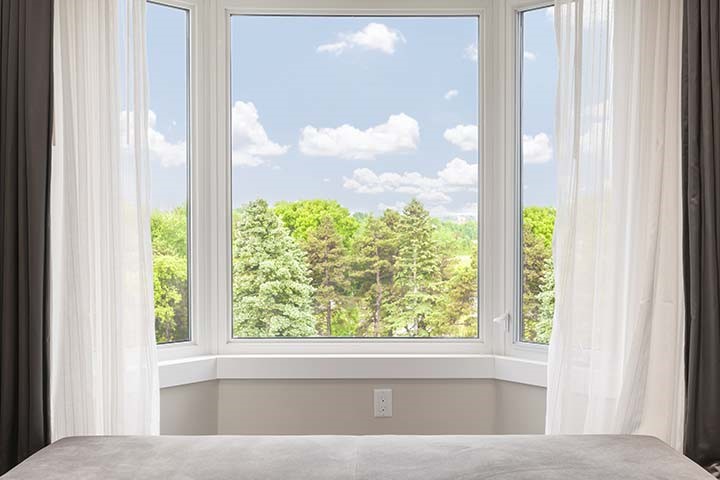
When you’re researching replacement windows, few upgrades make a bigger visual statement than bay windows or bow windows. Both extend beyond your exterior wall, invite abundant daylight, and create extra interior square footage—yet the two styles are not interchangeable. This guide answers what are bay windows and bow windows, clarifies the subtle distinctions of bay versus bow window designs, and helps you decide which option is the better fit for your home’s architecture, energy goals, and budget.
At a Glance: Bay and Bow Windows Defined
|
Feature |
Bay Windows |
Bow Windows |
|
Typical Unit Count |
Three (one fixed center + two operable flanking units) |
Four to six identically sized units |
|
Shape |
Angular projection, 30°–45° angles |
Gentle, curved projection |
|
Width Required |
Works on narrower wall sections |
Requires a wider opening |
|
Ventilation |
Two operable sides for airflow |
Up to four venting panels for maximum breeze |
|
Architectural Feel |
Crisp, contemporary or transitional |
Soft, traditional or Victorian |
What Is a Bay Window?
A bay configuration combines three individual windows into a single, angular structure that juts outward from the home. The center panel is usually a picture unit, flanked by casement or double-hung windows for ventilation. Because the angle is relatively sharp, a bay creates a cozy alcove ideal for window seats, breakfast nooks, or a sunny reading bench. Explore our bay window page to see how this classic feature can suit your home.
Key Advantages of Bay Windows
- Space Efficiency: The projection can be as narrow as four feet, meaning you can add depth even on a modest wall.
- Panoramic View with Defined Lines: An angular bay delivers unobstructed sightlines without overwhelming a façade.
- Versatile Ventilation: Pair the fixed center pane with casement sides for directional airflow, or choose double-hungs for top-bottom circulation.
What Is a Bow Window?
A bow window supplies a more gradual, bow-shaped curve by linking four to six equal-size units. Because of its gentle radius, it needs a larger opening—but the payoff is an elegant sweep of glass that instantly becomes the focal point of any façade. See examples on our bow window page to appreciate how a bow can wrap around a corner turret or extend across a living-room wall.
Key Advantages of Bow Windows
- Expansive Daylight: With additional panes, bow windows usher in more natural light than a traditional bay.
- Enhanced Ventilation: Up to four operable sections provide superior cross-breeze potential.
- Architectural Drama: The arc softens exterior lines and lends historic charm to Tudors, Victorians, and coastal cottages alike.
Bay vs Bow Window: Choosing the Right Fit
1. Available Wall Space
A bay’s compact footprint works where siding space is at a premium (think kitchens or second-story bedrooms). A bow—often stretching six to ten feet—shines on large, uninterrupted walls.
2. Desired View & Light
If your goal is the broadest panorama, the continuous curve of a bow wins. For targeted focal points (a backyard garden, a street view), a bay’s defined angles may highlight scenery better.
3. Style Preferences
The crisp edges of bay windows complement modern, transitional, and contemporary homes. Bow windows evoke classic elegance, making them naturals for period dwellings or ornate façades.
4. Budget Considerations
A bow window contains more glass, more framing, and a complex roof tie-in—factors that raise material and labor costs. A three-unit bay is typically more economical while still delivering depth and style.
Popular Pairings Inside a Bay or Bow Configuration
- Picture Panes: Fixed centers maximize sightlines and energy efficiency.
- Casement Vent Panels: Hinged sides crank open to direct breezes.
- Double-Hung Vent Panels: Allow top-or-bottom airflow and tilting sashes for easy cleaning.
- Picture & Casement Combo: A crowd-pleaser that balances view, light, and ventilation.
Beyond Looks: Performance Factors to Weigh
Frame & Casing
Proper window framing and window casing ensure structural strength and seamless integration with your home’s envelope. Top-quality installers reinforce headers and add custom-fit rooflets or hip roofs, preventing sag and ensuring weatherproofing.
Energy Efficiency
Larger glass areas can impact heating and cooling loads. Opt for our energy-efficient replacement windows featuring low-E coatings, argon gas fills, and insulated vinyl frames to minimize heat transfer.
Maintenance
Both bay windows and bow windows benefit from durable finishes and tilt-in or crank-out panels for hassle-free cleaning. Vinyl exteriors eliminate the need for painting and resist fading.
Design Ideas: Making the Most of Bay and Bow Windows
- Breakfast Nook: Add a built-in bench seat under a kitchen bay; pair with a pedestal table for a sun-lit café vibe.
- Reading Alcove: Outfit a bedroom bay with plush cushions, a sconce, and shelving for an instant retreat.
- Green Thumb Zone: Bow windows create an herb garden shelf bathed in light, which can be a perfect pick for aspiring chefs.
- Statement Seating: In a formal living room, flank a bow window with drapery panels hung high to emphasize the curve.
- Picture-Window Centerpiece: Replace the central bow panel with a picture window for uninterrupted views framed by operable flanks.
Installation Insights: Why Professional Help Matters
Retrofitting an existing opening for bay and bow windows can involve:
- Structural Engineering: Transferring roof load to headers and knee braces.
- Exterior Finish Work: Crafting custom roofs, soffit tie-ins, and trim to match siding.
- Interior Seat Boards: Insulating and finishing the projection with plywood, oak, or laminate.
Given these complexities, partnering with licensed experts like Statewide Remodeling ensures code-compliant, warranty-protected results. Our windows team manages everything from measurements to final caulk bead.
Frequently Asked Questions
Do bay and bow windows increase resale value?
Yes. Added square footage, curb appeal, and improved daylight can boost marketability and appraisal figures.
Can I add blinds or shades?
Absolutely. Custom angled or curved treatments, as well as motorized shades, fit both styles.
Is a permit required?
Often, yes—because the installation alters structural load and exterior projection. Statewide Remodeling handles local permitting on your behalf.
Ready to Compare Bay and Bow Windows for Your Home?
Whether you’re envisioning a sharp-lined bay or a sweeping bow, Statewide Remodeling offers top-tier products, expert installation, and financing to make your window upgrade smooth and rewarding. Dive deeper into our full window selection, or schedule a free consultation to learn which style will brighten your living space, enhance energy performance, and elevate curb appeal.

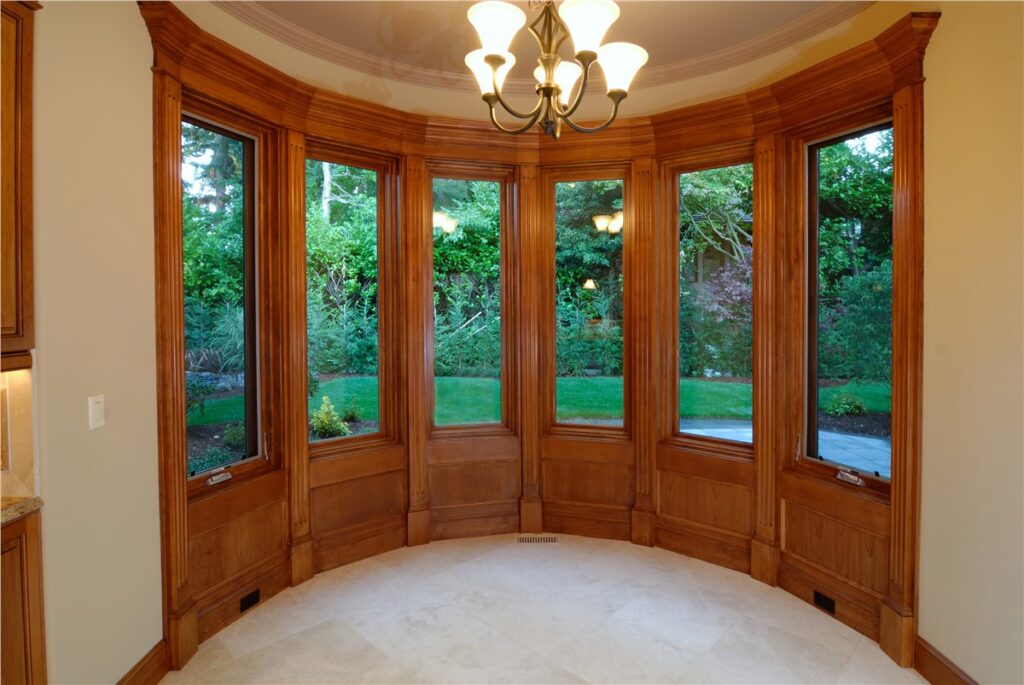
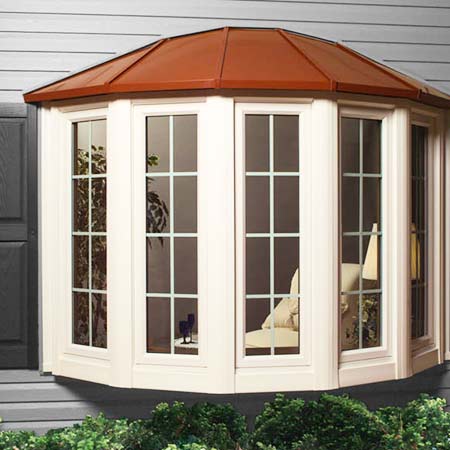
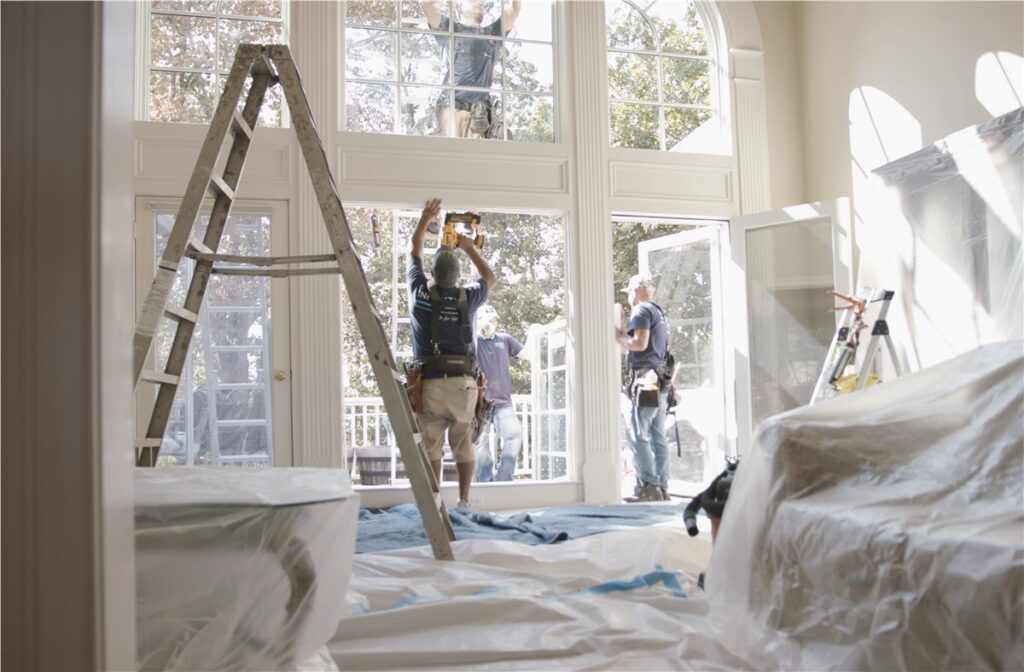


.png)
.png)

